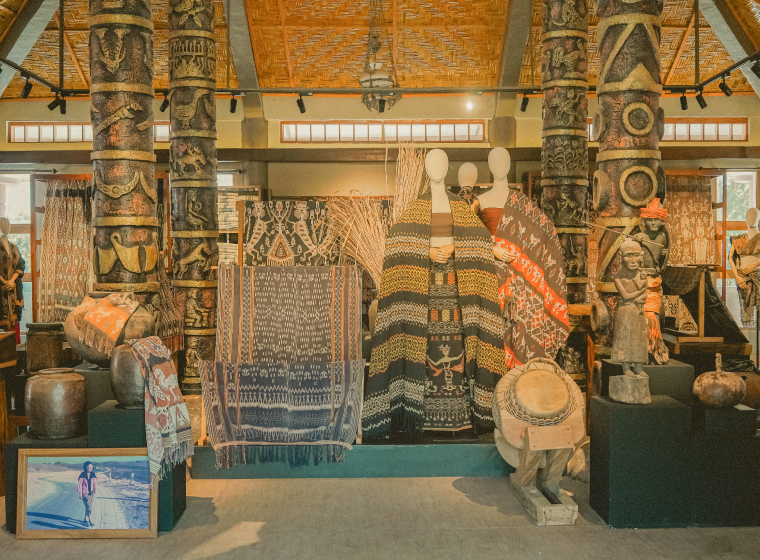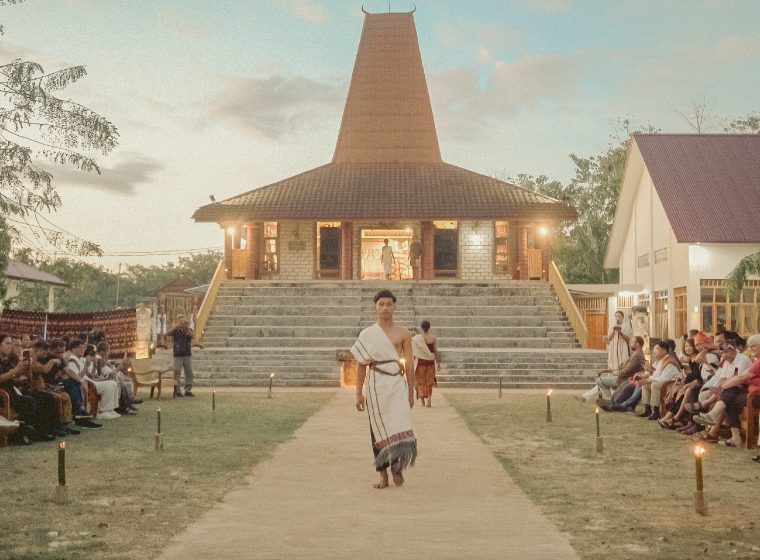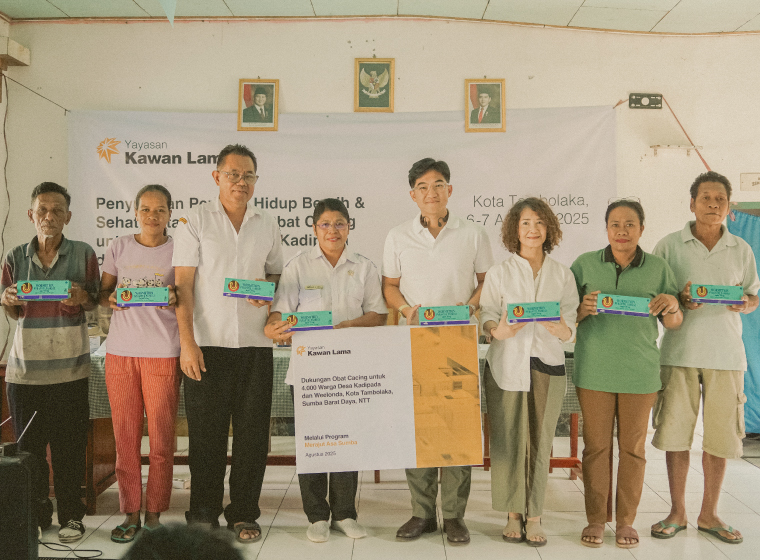Since initiated at the end of 2024, the Merajut Asa Sumba (weaving hopes for Sumba) program by the Kawan Lama Foundation has shown real impact in preserving culture and strengthening tourism in Southwest Sumba. One of its key achievements is the revitalization of the Rumah Budaya (Cultural House)’s textile and artifact museum. Through re-curating the collection, upgrading exhibition spaces, and restructuring cultural narratives, the museum now presents a more modern and informative concept designed to guide visitors through the region’s cultural richness in a more comprehensive way. As part of the Rumah Budaya’s inauguration, the program collaborated with the Southwest Sumba Tourism Office and SMK Pariwisata San Jose to host a fashion show featuring Sumba’s rich textiles, presented with a fresh and creative touch.

Tasya Widyakrisnadi, Chairwoman of the Kawan Lama Foundation, stated, “Since the program began, the number of visitors to the Rumah Budaya has increased by 103%, and its revenue has surged by 212%. These are concrete proofs that cultural preservation can be a driving force for the local economy when managed properly. We believe cultural preservation should go hand in hand with community empowerment. Through the Merajut Asa Sumba program, we not only strive to keep Sumba’s cultural heritage alive, but also promote local economic growth by enhancing destination quality and equipping Cultural House staff with various hospitality training. With more relevant and professional management, its positive impact is now being felt across social, educational, and community welfare aspects.”

The revitalization effort is also strengthened through continuous training for Rumah Budaya staff. In collaboration with Multimedia Nusantara University which provides hospitality experts, staff are equipped with communication skills and the ability to handle visitor complaints effectively, also basic English proficiency to deliver more inclusive services. This comprehensive approach is expected not only to enrich visitor experiences but also to create new economic opportunities for the local community through more professional cultural destination management.
In addition to promoting cultural and economic aspects, Merajut Asa Sumba also focuses on public health as a foundation for long-term well-being. In the spirit of holistic empowerment, the Kawan Lama Foundation worked with the Southwest Sumba Health Office to provide deworming medication to 4,000 residents of Kadipada and Weelonda villages, both located near the Cultural House. This reflects the program’s commitment to delivering holistic change, where cultural preservation efforts go hand in hand with improving public health.

Dominikus Alphawan Rangga Kaka, Deputy Regent of Southwest Sumba, stated, "For us, community empowerment is the key to sustainable development. Through the Merajut Asa Sumba program, we have seen how cultural preservation can serve as an entry point to enhance community capacity, open up economic opportunities, and build confidence in the richness of our local heritage. We appreciate Yayasan Kawan Lama for its commitment not only to building physical spaces, but also to revitalizing the human resource potential in Southwest Sumba."
All these initiatives show that cultural preservation is not only about protecting the past, but also about creating a better and more sustainable future for the local community. The Merajut Asa Sumba program is expected to be the beginning of a continuously growing ecosystem where Sumba’s cultural identity remains alive, tourism appeal continues to develop, and the community experiences real benefits in their daily lives.
Not only in Sumba, this year Yayasan Kawan Lama also undertook the Aram Bekelala Iban Weaving initiative in Kapuas Hulu, West Kalimantan, where the foundation runs programs to strengthen the role of women weavers and revive local cultural-based economic potential.







